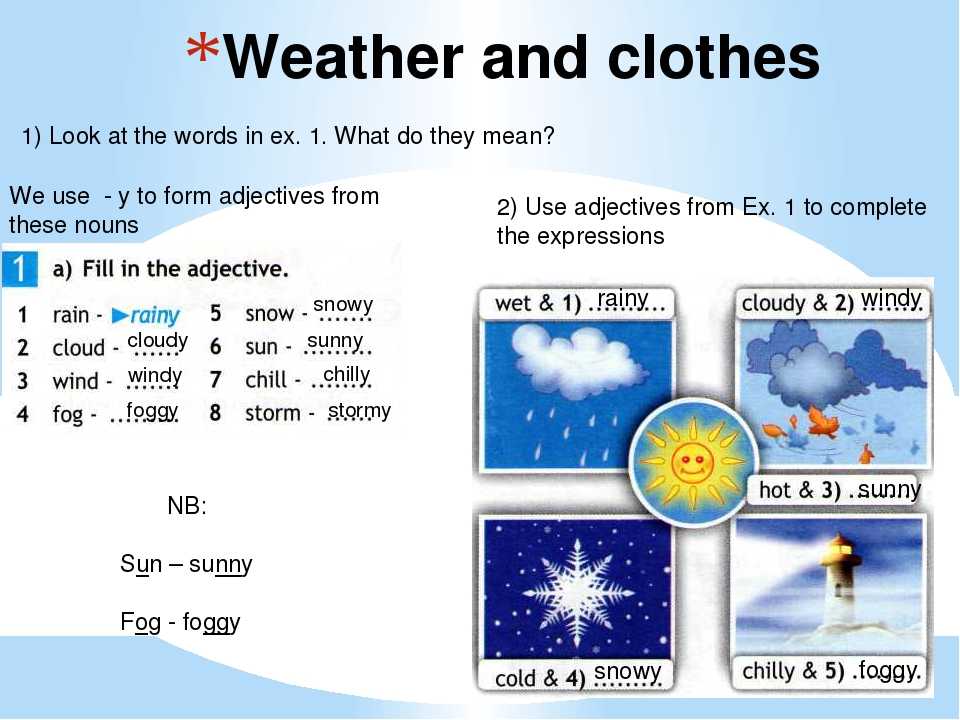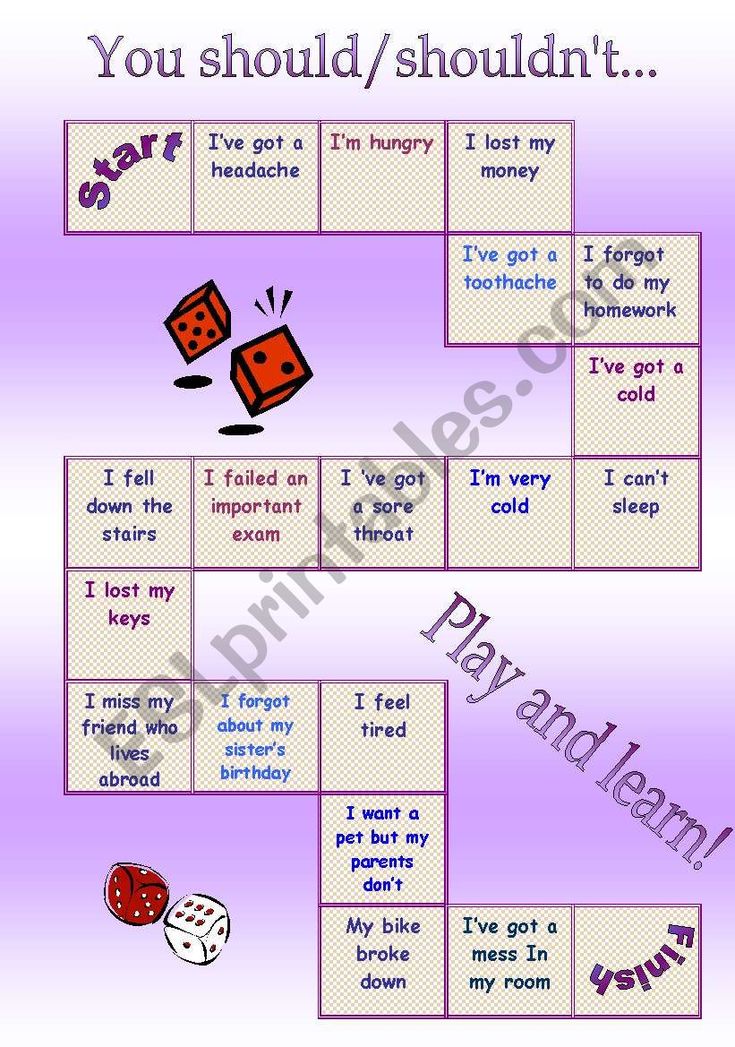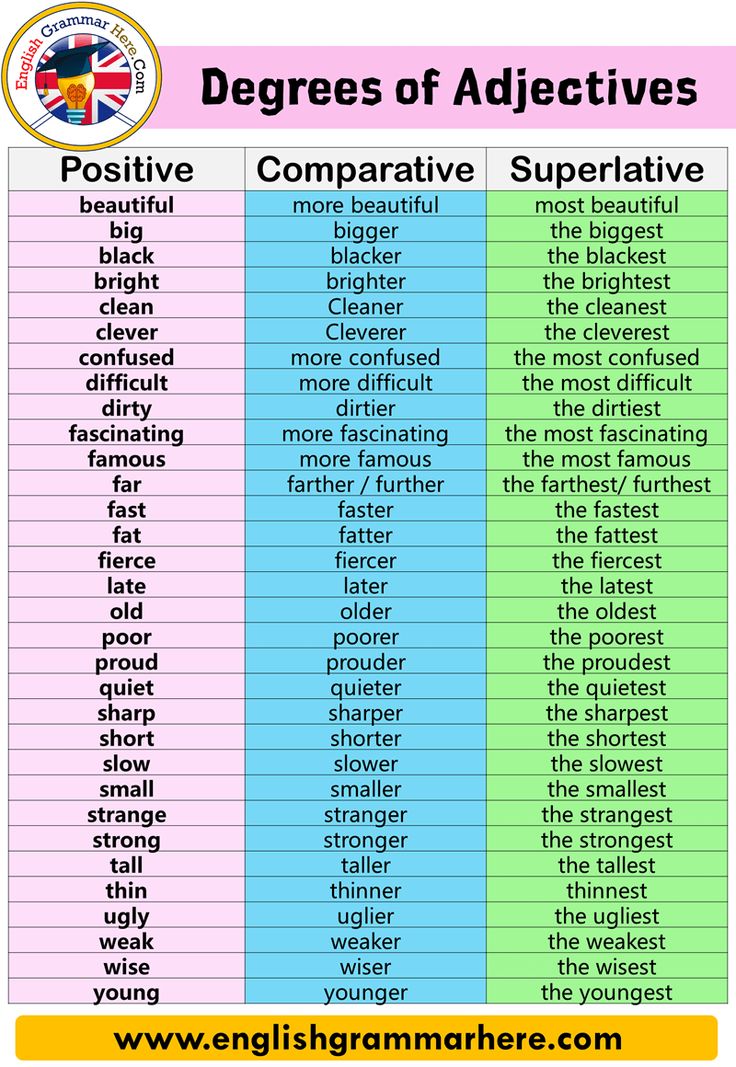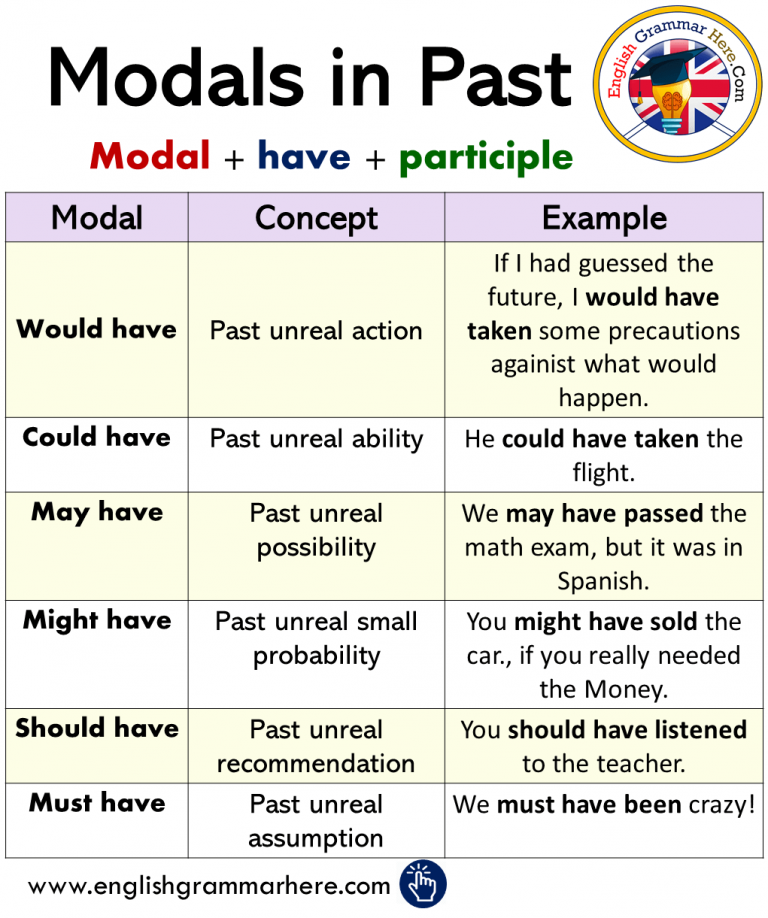The best way to get to the ice is with your UTV. It can haul a small ice fishing shed and your fishing or ice skating gear without worrying about getting stuck. Enjoy ice skating and ice fishing on that pond or lake that’s only accessible by snow machines or other off-road vehicles with these tips:
Before you head out, check the snow conditions and OHV trail and road closures. Snow conditions will determine whether you need additional accessories such as tracks for your UTV. Making sure the trails are open for your UTV will prevent disappointment if they are closed to all vehicles or if they are open only to snow machines.
Additionally, you need to check for ice thickness. If the ice is clear and it’s under 4 inches deep, it’s not safe. If it’s white snow ice and under 8 inches thick, it’s not safe. When checking ice, if it’s white snow ice, double the thicknesses for safety. Safe thicknesses for different vehicles include:
If you are ever unsure, stay off the ice.
Always measure the thickness of the ice at least every 150 feet. Ice could be 12 inches thick in one place and just a few yards away, it could be less than 4 inches thick. You can use an ice auger, chisel or a cordless drill to make a hole in the ice. Once the hole is drilled, then hook the end of the tape measure to the bottom of the ice to take the measurement.
If you are driving a vehicle on the ice, be sure to stay where you’ve checked. Drive slowly on the ice and never leave your vehicle parked in one place for more than two hours. To see if the ice is sinking near your vehicle, drill a hole next to the vehicle. If you see the water coming out of the hole onto the top of the ice, the ice is sinking—move your vehicle.
When you take your UTV out, be sure to pack accordingly. You never know when you might end up stranded, even in a UTV. Be sure to bring the following:
If you have space, a blanket for each person and a tarp are good additions. If you do have to stay overnight the tarp could be used as a tent and the blankets will help keep you warm. Also, bring kindling and paper to help get a fire started.
Always have the proper accessories and apparel to keep yourself safe while you’re out on the ice. The best way to stay warm is to layer your clothing.
The best way to stay warm is to layer your clothing.
The first layer should be some type of synthetic-blend long underwear top and bottom. This should be loose-fitting and comfortable. Wear your regular clothes over this layer. Your feet should be covered with loose-fitting wool socks and your boots should be waterproof and insulated.
The outer layer should be a warm jacket and insulated pants. For your extra change of clothes, you should bring all of these layers. Additionally, make sure you have a face mask and an approved helmet. The face mask will protect your face from the cold and may be worn under the helmet.
For a warmer, more enjoyable riding experience, equip your UTV with some accessory upgrades:
You could use a full cab or add a soft roof with a windshield, which will keep a lot of the wind off you as you’re driving. If you completely enclose the UTV, adding a cab heater will really keep you warm.
If you completely enclose the UTV, adding a cab heater will really keep you warm.
A snow plow for your UTV not only allows you to plow your driveway, but it will let you plow the ice if it has a layer of snow on it. You shouldn’t use it to plow the trails as most trails are maintained. Your plow could wreck the snowpack on the trail.
Tire chains help if you are stuck on a hill or in an area where there may be snow and water. While you could winch yourself out, the winch cable only goes so far. Tire chains will give you enough traction to get yourself out of many spots.
When choosing a UTV, keep the use in mind. If you plan on using it during the winter, you need a powerful vehicle that is reliable and has good ground clearance to drive through deep snow. The 2019 Polaris Industries Ranger Crew XP 1000 EPS NorthStar HVAC Edition features a ProStar engine that makes 82 horsepower. It also has HVAC to make riding in the winter much more comfortable. The heat will also serve to warm you up while ice fishing so you can spend more time on the ice.
This Polaris comes standard with the Ranger Pro Shield cab system and factory installed HVAC system. With a 13-inch ground clearance, you’ll be able to hit most trails or even go off the trails in deeper snow. This model tows up to 2,500 pounds, so you can easily haul an ice shack to the lake. It uses a standard 2-inch receiver to haul a small trailer.
Check out our full inventory of UTVS and accessories at Tousley Motorsports for you and your vehicle to stay safe while enjoying winter activities.
Ice fishing is one of the greatest winter pastimes. Getting together with some good friends, getting out on the ice, and catching some fresh dinner is the best way to enjoy the brisk air. Introducing an ATV or UTV is a no-brainer. Carrying your auger and fishing gear in a vehicle is much easier than hauling it all yourself.
But is it safe or practical to bring a UTV? Is it worth the trouble to bring an ATV? How many of your buddies can you pack in with you? We’ll answer all these questions and more so you can make one of your favorite hobbies even better.
When you’re trying to decide what kind of ATV or UTV you need for your ice fishing trip, there are really only a few things you need to consider first:
First up is logistics. Who’s coming and how will they get there? If you know everybody you fish with has an ATV, there’s no need to up your vehicle capacity. If you like to take your family with you, you might be better served with a 4-seat UTV.
Beyond that, if your favorite ice fishing spot is miles away from the nearest road and you need to traverse really bad terrain, you will be better served with a UTV. A good Can-Am Defender or Polaris Ranger can cover nearly 200 miles on a single tank of gas, and they have plenty of cargo space for extra fuel and camping gear. If you’re just going from the parking lot to the center of the lake and back, you’ll be fine in an ATV.
That brings us to gear. If you’ve got a heavy-duty auger and plan on running multiple lines to catch a week’s worth of dinners, you’ll benefit from the large bed available on most UTVs. If you’re keeping it simple with a drill-mounted auger and sandwich to hold you over, an ATV will be just fine.
Safety ConsiderationsSafety should be your number one priority whenever you venture out onto the ice. The last thing you want is to go through the ice and end up sleeping with the fish you were trying to catch!
The first thing you need to do is familiarize yourself with the Minnesota DNR’s ice thickness guide. It breaks down the thickness required to support a range of different vehicles. Here are the basics:
 You need at least 5” for an ATV and 8” for a UTV. Remember, ice thickness varies from place to place on a frozen lake. Stay cautious and stay safe.
You need at least 5” for an ATV and 8” for a UTV. Remember, ice thickness varies from place to place on a frozen lake. Stay cautious and stay safe.These guidelines apply to new, clear ice only. If the ice is white, you have to double the thickness.
So if you want to ride on an ATV, you need ice that’s at least 5” thick. We don’t see UTVs on that list, but given that a Polaris Ranger Crew weighs about 1000 pounds less than a Toyota Camry, you will be safe with at least 8” of ice.
You just need two tools to measure the thickness of the ice:
If you’re ice fishing, you already have an ice auger with you. Just make sure you pack a tape measure too. With the right tools, checking the thickness is easy. Drill a hole in the ice and measure the depth with a tape measure. Since ice thickness varies across a frozen lake, the Minnesota DNR recommends checking it every 150 feet or so.
If you’re fishing with a few different friends who are all bringing their own vehicles out on the ice, don’t park too close together. Park your UTVs at least 50 feet apart and move them every two hours. You can poke a hole in the ice next to your vehicles to monitor the ice. If water starts flowing over the ice, you need to move your vehicles ASAP because the ice is sinking.
This is less of a worry with ATVs, but we approve of the “better-safe-than-sorry” method, especially when spreading out your ATVs on the ice is so easy.
A frozen lake isn’t a parking lot, so don’t treat it like one. Parking cars too close together will break the ice. You can tell if the ice is sinking by poking a hole in it. If water starts flowing out, it’s time to move your vehicle.So how many people can you bring with you on your ice fishing trip? If the conditions are right, you can bring as many people as you want.
You have to think a little harder about the size of your group if the ice is at the low end of your thickness range. When you have a six-seater Ranger filled with a 200-pound person in every seat, along with all their gear in the cargo bed, 7”–8” of ice is probably not going to cut it.
If the ice is 2 feet thick, you’ve got nothing to worry about.
To have the very best chance of success when you don’t know what kind of ice conditions you will have, everybody should ride their own ATVs. If you spread out your weight, you can spread out your love… of ice fishing.
Useful Parts & AccessoriesThere are some ATV ice fishing accessories that will make your adventure more comfortable and successful.
Apart from adding tracks that give you the traction you need to cross unforgiving, icy terrain, there are a few other things you should think about. Namely, accessories that keep you from sinking and keep you from freezing.
Snow tracks can make navigating tricky snow and ice easier and more fun. But don’t forget to keep yourself warm and keep your ATV afloat.
But don’t forget to keep yourself warm and keep your ATV afloat.Whenever you’re out on an adventure, it’s a good idea to plan for the worst case scenario. When it comes to ATV ice fishing, that means that you need to make sure you won’t lose your quad—or yourself—if you go through the ice. While lightweight ATVs will float with no rider, it’s better to get a flotation kit to make sure you float too. Not to mention, ATVs over 750 pounds tend to sink like a stone.
You can add flotation in the form of bolt-on kits that attach to the front and the rear. Or you can get special tires and wheel kits that either attach to your wheel or replace it altogether. There are also emergency flotation devices that inflate in seconds when you pull the cord.
Most ATV flotation devices are compatible on UTVs, but they’re less effective due to the extra weight.
If you want to stay warm while you’re ATV ice fishing, get some heated gloves, heated handlebars, and a windshield.
If you’re bringing your UTV with you, keeping warm is a little bit easier. Here’s what we recommend to fend off frostbite:
If you get all these accessories, you won’t freeze your ass off before you even start fishing.
With a little safety and a little smarts, your next ice fishing adventure can be your biggest and best yet. Get your machine and your plan sorted out now, so you can enjoy good friends, good company, and good eats later.
https://ria.ru/201
/1552174694.html Ice thickness is safe for people and cars less than 30... RIA Novosti, 03.03.20202019-03-28T03:13
2019-03-28T03:13
2020-03-03T13:51
society
russia
/[oghtml:head=
]/@content
/html/head/meta[@name='og:description']/@content
https://cdnn21. img.ria.ru/images/151251/92/1512519252_0:83:2200 :1321_1920x0_80_0_0_f860cf0f610280a5aa2302f362377474.jpg
img.ria.ru/images/151251/92/1512519252_0:83:2200 :1321_1920x0_80_0_0_f860cf0f610280a5aa2302f362377474.jpg
MOSCOW, March 28 - RIA Novosti. The safe thickness of ice that can withstand one person is at least seven centimeters, cars need ice at least 30 centimeters thick to pass, according to the website of the GUMCHS in the Moscow Region. Rescuers recommend organizing a pedestrian crossing through a reservoir with an ice cover of at least 15 centimeters, for cars the minimum ice thickness should be 30 centimeters. The agency notes that snow falling on the ice slows down the formation of an ice crust, so the ice under the snow is less strong. Thin ice is most often found in places with fast currents, deep places open to the wind, over shady and peaty bottoms, near marshy shores, in places where underwater springs come out, under bridges and in narrow channels, as well as near places where water is discharged from enterprises. Also, the ice is less strong in places where reeds and other aquatic plants grow. Rescuers advise crossing a frozen body of water on skis, while the bindings must be unfastened, and hands should not be put into the loops of ski poles, so that if necessary, quickly throw off all the equipment. If you have a backpack, it should be carried on one shoulder so that you can quickly get rid of it in case of danger.
Rescuers advise crossing a frozen body of water on skis, while the bindings must be unfastened, and hands should not be put into the loops of ski poles, so that if necessary, quickly throw off all the equipment. If you have a backpack, it should be carried on one shoulder so that you can quickly get rid of it in case of danger.
https://realty.ria.ru/201
/1551982166.html
Russia
RIA Novosti
1
5
4.7
495 645 645 645 -6601
FSUE MIA "Russia Today"
https: //xn---c1acbl2abdlkab1og.xn--p1ai/Awards/
2019
RIA Novosti
5
9000 4.7 9000 9000 9000 90007 495 645-6601
FSUE MIA Rossiya Segodnya
https://xn--c1acbl2abdlkab1og.xn--p1ai/awards/
ABOUT/COPYRIGHT.HTML
https: //xn---c1acbl2abdlkab1og.xn--p1ai/
RIA Novosti
1
5
4.7
9000 9000
4
4
49000 645-6601
FSUE MIA Rossiya Segodnya
https://xn--c1acbl2abdlkab1og. xn--p1ai/awards/
xn--p1ai/awards/
1920
1080
true
1920
1440
true
https://cdnn21.img.ria.ru/images/151251/92/1512519252_37:0:2024:1490_1920x0_80_0_0_09c90ae271b7aff6ff670b70a8222343.jpg
1920
1920
True
RIA Novosti
1
5
4.7
9000 9000
7 495 645-6601
FSUE MIA "Russia today"
9 9000 9,0000002 https: //xn---c1acbl2abdlkab1og.xn--p1ai/Awards/RIA Novosti
1
5
4.7
96 9000
7 495 64 64 64 64 64 64 64 64 64 64 64 64 64 64 64 64 64 64 64 64 64 64 64 64 64 64 64 64 64 64 64 64 64 64 64 64 646 64 64 64 64 64 64 646 64 64 64 64 64 64 64 64 64 64 64 64 64 64 64 64 64 64 64 64 64 64 64 64 64 64 64 64 64 64 64 64 64 64 64 64 64 64 64 64 64 64AP
FSUE MIA Rossiya Segodnya
https://xn--c1acbl2abdlkab1og.xn--p1ai/awards/
Society, Russia
Society, Russia
MOSCOW, March 28 - RIA Novosti. The safe thickness of ice that can withstand one person is at least seven centimeters, cars need ice at least 30 centimeters thick to pass, according to the website of the GUMCHS for the Moscow Region.
The safe thickness of ice that can withstand one person is at least seven centimeters, cars need ice at least 30 centimeters thick to pass, according to the website of the GUMCHS for the Moscow Region.
Rescuers recommend organizing a pedestrian crossing through the reservoir with an ice cover of at least 15 centimeters, for cars the minimum ice thickness should be 30 centimeters.
The agency notes that snow falling on ice slows down the formation of an ice crust, so the ice under the snow is less strong. Thin ice is most often found in places with fast currents, deep places open to the wind, over shady and peaty bottoms, near marshy shores, in places where underwater springs come out, under bridges and in narrow channels, as well as near places where water is discharged from enterprises. Also, the ice is less strong in places where reeds and other aquatic plants grow.
Rescuers advise to cross the frozen pond on skis, while the bindings should be unfastened, and hands should not be put into the loops of ski poles, so that if necessary, quickly throw off all the equipment. If you have a backpack, it should be carried on one shoulder so that you can quickly get rid of it in case of danger.
If you have a backpack, it should be carried on one shoulder so that you can quickly get rid of it in case of danger.
March 21, 2019, 11:18 Moscow Today: a metropolis for life
Theater on ice, or a Play of city services that can save lives
Table of Contents
Stable Temperatures Below Zero : The colder it is for a longer period of time, the better the water in the lake freezes.
Quiet days and nights : the less the wind blows, the faster and harder the ice freezes.
Water type : If the lake you are fishing or walking on is high in salinity, is a large body of water, or is fed by spring water, it will freeze more slowly than a smaller lake with clearer water.
Heavy snowfall : If there is a lot of precipitation in the form of snow (or worse, rain), good ice formation is more difficult. Pay attention to the number and type of savings that have occurred recently.
Drilling holes to check safe ice thickness for fishingweak ice. The more moving water in a location, the less solid the ice will be. Pay close attention to the weather and talk to local anglers and guides about ice formation as they are usually the first to know.
Vegetation: Coastal vegetation results in thinner ice. Cattails, reeds, reeds and other aquatic plants plus tree roots near the water's edge can loosen the ice and slow its formation. Avoid these places if possible.
Avoid these places if possible.
Winter Lures for Perch: Top 10 Catching Models
If you're out on a freshly frozen body of water, take some precautions to help you prepare for the worst. Carry a few important tools (a couple of large sharp nails and a long strong rope) with you, which in case of ice breaking and immersion in water will help to avoid hypothermia and survive.
Norwegian fishing
The Ministry of Emergency Situations reminded that ice must be at least 25 cm thick for safe skatingFriends system . The best idea is to NEVER go out on the ice alone!!! A group of friends virtually guarantees that another person will be there to help in the event of a fall or ice break.
Carry ice axes, rope, ice chisel Rope 12-15 meters long . Always at hand for you and your friend. It can also be used to tie your team together when you hit new ice. By attaching a piece of wood to one end, the rope can be effectively thrown out and directed towards the person who is struggling with the water.
Always at hand for you and your friend. It can also be used to tie your team together when you hit new ice. By attaching a piece of wood to one end, the rope can be effectively thrown out and directed towards the person who is struggling with the water.
Perch fishing on the first ice: the whole process in detail
Lifejackets . They are not just for summer. Wearing a personal lifejacket under a suit increases buoyancy by keeping the head and shoulders above the water. This is especially important because cold water will shock you and when a person is in such cold water, shortness of breath often occurs, with less air in the lungs, the body is less prone to buoyancy. Water temperature +2 - + 3 ° C is fatal for humans after 10-15 minutes.
Message at home : Be sure to tell a family member, neighbor or friend where you are going to be during the day. Leave a note with your location on the lake and the route you take to get there and back.
Alcohol and ice are not compatible.
Safe ice thickness on a fishing pond may change due to a drop in the water level in the reservoirRussian fishing in Norway Rules
This is just a guide, use your instincts and knowledge and inspect the ice before you decide to walk on it .
Less than 5 cm - DO NOT go out on the ice! With this thickness, there is no reason to check the newly formed ice.
25-40 cm - small cars
over 40 cm - medium size car or medium size pickup truck
Another thing to watch out for if you decide to go out on the ice in a reservoir is the water level drop in the reservoir!
Perch balancers: the best winter fishing models

Do not panic, do not make sudden movements, stabilize breathing; spread your arms wide to the sides and try to cling to the edge of the ice so as not to sink headlong; if possible, move to that edge of the polynya, where the current will not carry you under the ice; try carefully, without breaking off the edge, without sudden movements, crawling with your chest, lie down on the edge of the ice, throw one and then the other leg on it.
Use picks (ice axes), picks made from old screwdrivers or a couple of large sharp nailsDo not step on the ice immediately after leaving the water. If the ice holds, slowly roll away from the edge to a safe distance and crawl towards the shore. This method allows you to evenly distribute your body weight across the ice. You need to move in the direction from which you came, because there the ice has already been tested for strength.
Perch jigs: the most catchy models, types, shapes, sizes

Arm yourself with any long stick, plank, pole or rope. You can knit together scarves, belts or clothes. Crawl to the polynya very carefully, spreading your arms wide.
Balancers for perch: the best winter fishing models
Inform the victim by shouting that you are going to help him, this will give him strength and confidence. If you are not alone, then lie down on the ice and move one after another. Place skis, plywood or a board under you to increase the area of \u200b\u200bsupport and crawl on them. For 3-4 meters, stretch the victim a pole, a board, throw a rope or a scarf or any other improvised means.
It is not safe to give a hand to an injured person, because approaching the ice hole, you will increase the load on the ice and not only will you not help, but you yourself risk falling.
- Carefully pull the victim onto the ice and crawl out of the danger zone with him.
- Take the victim to a warm (heated) room. Help him: remove and wring out all the clothes, if possible change into dry clothes and wrap with polyethylene (there will be a greenhouse effect).